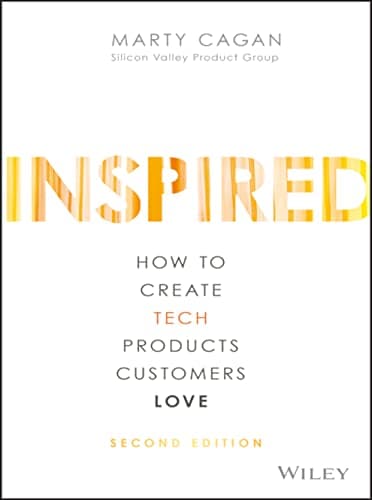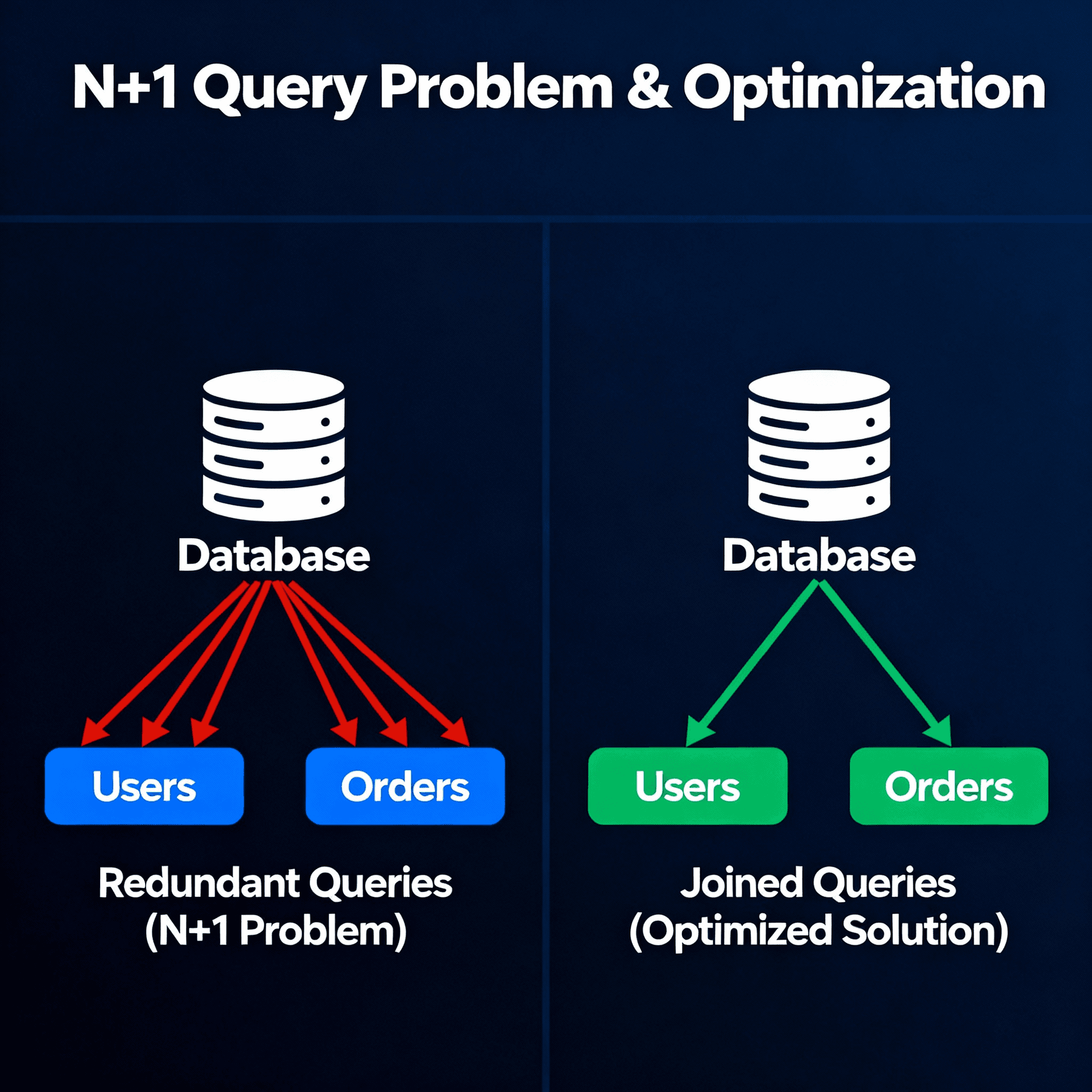Inspired

Marty Cagan's "Inspired" is a comprehensive guidebook for product management, offering practical advice and insights to help product managers build successful, innovative products that delight customers and drive business growth. The book is divided into three parts: Discovery, Design, and Delivery, each of which covers a crucial aspect of the product development process.
In the Discovery section, Cagan emphasizes the importance of understanding customer needs and insights to create truly valuable products. He advocates for a customer-centric approach to product management, where product teams immerse themselves in their customers' lives and empathize with their challenges and desires. Cagan also discusses the importance of product vision and strategy, and offers strategies for defining and communicating these effectively.
"It doesn’t matter how good your engineering team is if they are not given something worthwhile to build."
The purpose of product discovery is to quickly separate the good ideas from the bad. The output of product discovery is a validated product backlog. Specifically, this means getting answers to four critical questions:
1. Value risk - Will the user buy this (or choose to use it)?
2. Usability risk - Can the user figure out how to use this?
3. Feasibility risk - Can our engineers build this?
4. Business viability risk - Can our stakeholders support this?
5. Financial risk—can we afford this solution?
6. Business development risk—does this solution work for our partners?
7. Marketing risk—is this solution consistent with our brand?
8. Sales risk—is this solution something our sales staff is equipped to sell?
9. Legal risk—is this something we can do from a legal or compliance perspective?
10. Ethical risk—is this solution something we should do?
In the Design section, Cagan delves into the nuts and bolts of creating a great product. He offers practical guidance on how to build a product roadmap, prioritize features, and design user experiences that meet customer needs. He also emphasizes the importance of iteration and continuous learning, encouraging product teams to constantly experiment and refine their ideas based on user feedback.
How will customers first learn about the product?
How will we onboard a first-time user and (perhaps gradually) reveal new functionality?
How might users interact at different times during their day?
What other things are competing for the user’s attention?
How might things be different for a one-month-old customer versus a one-year-old customer?
How will we motivate a user to a higher level of commitment to the product?
How will we create moments of gratification?
How will a user share his experience with others?
How will customers receive an offline service?
What is the perceived responsiveness of the product?
Finally, in the Delivery section, Cagan discusses how to bring a product to market successfully. He offers advice on how to work effectively with development teams, measure product success, and iterate and improve products over time. He also touches on important topics like product pricing, marketing, and launch strategies.
The purpose of product delivery is to build and deliver these production-quality technology products, something you can sell and run a business on. The discovery activities help us determine the necessary product, but it is delivery that actually does the work necessary to build, test, and release the product.
Throughout the book, Cagan stresses the importance of collaboration and communication within product teams. He argues that effective product management requires not just a deep understanding of customer needs and product design, but also strong leadership and communication skills to bring diverse teams together and drive successful outcomes.
Overall, "Inspired" is an essential read for anyone involved in product management, offering practical guidance and inspiring insights to help product managers create truly impactful products that delight customers and drive business success.
Learn more: Silicon Valley Product Group website (www.svpg.com) is designed as a free and open resource where we share our latest thoughts and learnings from the world of technology-powered products.


